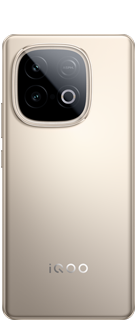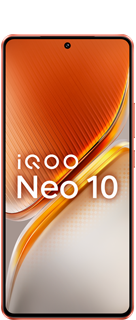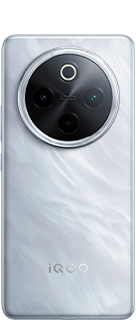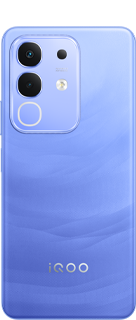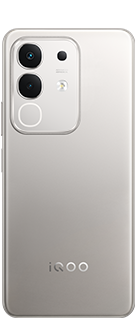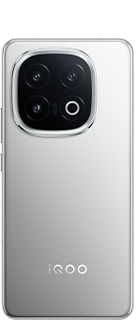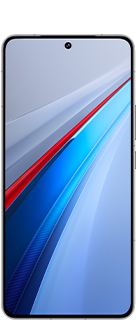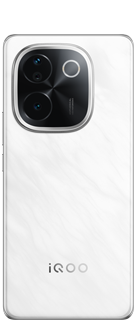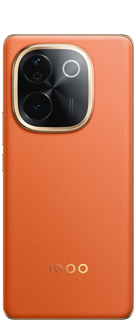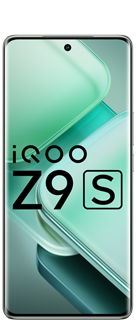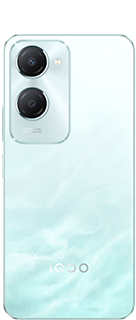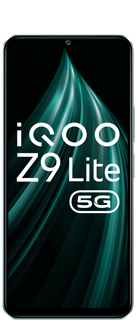Biomimicry: Innovation inspired by nation
Hey Questers,
In my last thread I have mentioned a very crucial word i.e. Biomimicry. It might have made some of you curious so here is a detailed thread for you all about Biomimicry. This thread will resolve all your queries...do give it a quick read.

Biomimicry is innovation inspired by nature - it's learning to live gracefully on this planet. - by Janine Benyus

What is Biomimicry?
Biomimicry (from Greek bios, life, and mimesis, to imitate) is the interdisciplinary practice of drawing from biological forms and processes to inspire technological solutions. Unlike bioengineering, which manipulates biological systems directly, biomimicry is about translating nature’s principles into man-made designs.
The field operates at the intersection of biology, physics, material science, and mechanical engineering - focusing on efficiency, adaptability, and resilience.

Why Nature? The Scientific Rationale
- Optimization through Evolution: Nature’s designs are the result of 3.8 billion years of R&D through natural selection.
- Energy Efficiency: Biological systems tend to minimize energy expenditure - a critical lesson for sustainable technologies.
- Multi-functionality: Organisms often exhibit integrated systems with multiple functions in a single structure.
- Self-Assembly & Repair: Biological systems self-organize and self-heal - traits being explored in smart materials and robotics.
Notable Examples of Biomimicry in Science & Technology

1. Velcro (Burr Hook Structures)
- Biological Basis: Hooked burrs of the Arctium plant.
- Technical Output: Hook-and-loop fastener.
- Field Impact: Aerospace, medical, consumer goods.

2. Shinkansen Bullet Train (Kingfisher Beak)
- Problem: Pressure waves when exiting tunnels.
- Solution: Nose cone design inspired by the kingfisher’s beak.
- Result: 10% faster speeds, 15% less electricity usage, reduced noise pollution.

3. Self-Cleaning Surfaces (Lotus Effect)
- Biological Basis: Lotus leaf micro-nanostructures create superhydrophobicity.
- Application: Nanocoated windows, solar panels, paint, and fabrics.
- Benefit: Reduced maintenance and chemical cleaning.

4. Termite-Inspired Climate Control
- Case Study: Eastgate Centre, Harare.
- Design Input: Termite mounds regulate temperature using convection and thermal mass.
- Output: 90% reduction in HVAC energy consumption.

5. Robotic Adhesion (Gecko Feet)
- Bio-Mechanism: Van der Waals forces in microscopic hairs (setae).
- Technology Use: Synthetic dry adhesives, climbing robots (NASA's "Gecko Gripper").
How Biomimicry Is Transforming Industry


Scientific Approaches to Biomimicry
1. Top-Down: Identify a human problem and seek biological analogs (e.g., developing aerodynamic drones by studying bird flight mechanics).
2. Bottom-Up: Start with an interesting biological phenomenon and explore its applications (e.g., studying sea sponge lattice structures for impact-resistant materials).
3. Systems-Level: Designing entire systems that mimic ecological models (e.g., closed-loop cities mimicking forest nutrient cycles).
Future Directions & Research Opportunities

- Bioinspired Algorithms: Swarm intelligence (ants, bees), neural processing (octopus, jellyfish), and optimization strategies (genetic algorithms).
- Nanotechnology: Replicating molecular self-assembly as seen in viruses or diatoms.
- Energy Systems: Photosynthesis-inspired solar energy harvesting and leaf-mimicking panels.
- Biomedical Devices: Blood flow-regulating heart valves based on fish gill mechanics or drug delivery inspired by pollen dispersal.
Conceptual Ideas for Daily Use Inspired by Nature

1. Urban Fog Nets: Inspired by the Namib Desert beetle, rooftops in dry cities can be coated with hydrophilic/hydrophobic patterns to harvest drinking water from air.
2. Noise-Canceling Materials: Acoustic foam modeled on owl wing structures for more efficient sound absorption in public spaces.
3. Smart Storage: Pods inspired by pinecones or seed shells that adapt shape based on temperature or moisture — useful in shipping and food storage.
4. Wearable Tech: Responsive fabrics that mimic squid chromatophores to adjust color and insulation based on temperature.
5. Biodegradable Plastics: Modeled on chitin (found in cru
stacean shells), offering structural strength without long-term waste.
Do share your thoughts about Biomimicry in the comments. Also share your thoughts if you have anything in mind where this Biomimicry can be applied.
Singing off
iQOO Moderator
Tech and Photography Enthusiast
Please sign in
Login and share

